


Books in series

Superman (1987-2006) #1
2013

Superman
They Saved Luthor's Brain!
1992

Superman Vs. Darkseid
2015

Superman (1987-2006) #4
1987

Superman (1987-2006) #7
1987

Superman (1987-2006) #10
1987

Superman (1987-2006) #11
1987

Superman
The Man of Steel Vol. 6
1987

Superman (1987-2006) #16
1988

Superman (1987-2006)
Annual #2
1988

Superman (1987-2006) #18
1988

Superman (1987-2006) #20
1988

Superman (1987-2006) #24
1988

Superman (1987-2006) #25
1988

Superman (1987-2006) #28
1989

Superman (1987-2006) #30
1989

Superman (1987-2006) #31
1989

Superman (1987-2006) #32
1989

Superman (1987-2006) #33
1989

Superman (1987-2006) #35
1989

Superman (1987-2006) #37
1989

Superman (1987-2006) #38
1989

Superman (1987-2006) #39
1990

Superman (1987-2006) #41
1990

Superman
Dark Knight over Metropolis
1990

Superman (1987-2006) #45
1990

Superman (1987-2006) #46
1990

Superman (1987-2006) #47
2013

Superman (1987-2006) #49
1990
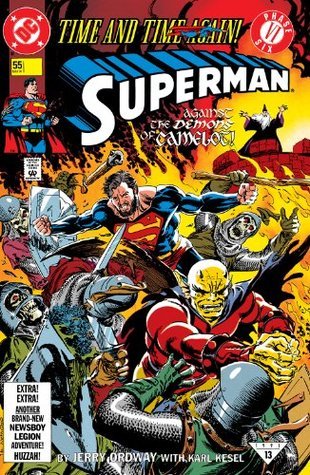
Superman (1987-2006) #55
1991
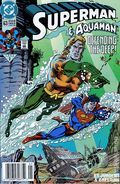
Superman (1987-2010) #63
1992

Deathstroke
The Terminator, Vol. 2: Sympathy for the Devil
1992
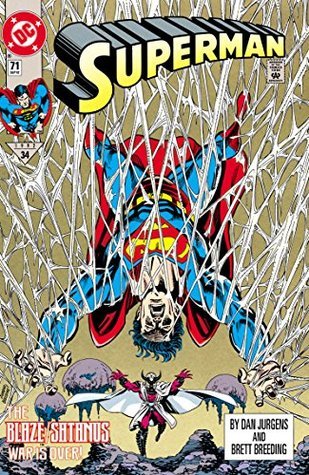
Superman (1987-2006) #71 (Superman
1992

Superman (1987-2006) #72
1992

Superman (1987-2006) #75
1993
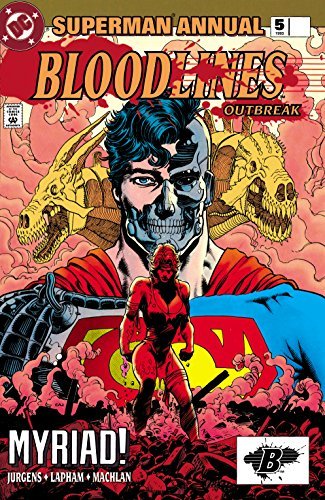
Superman (1987-2006)
Annual #5
1993

Superman (1987-2006) #84 (Superman
1993
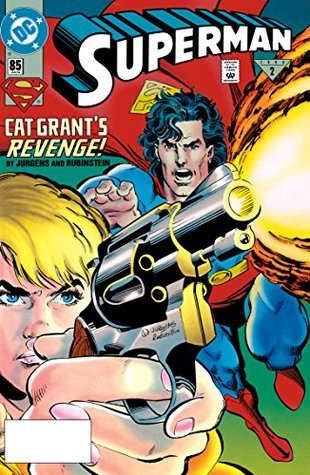
Superman (1987-2006) #85 (Superman
1993
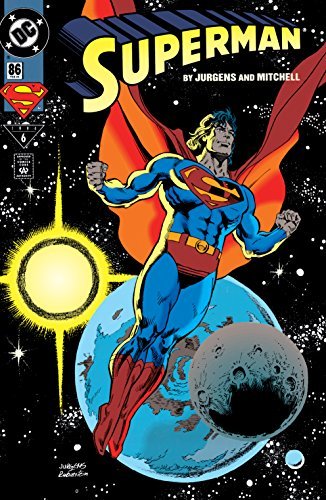
Superman (1987-2006) #86 (Superman
1993
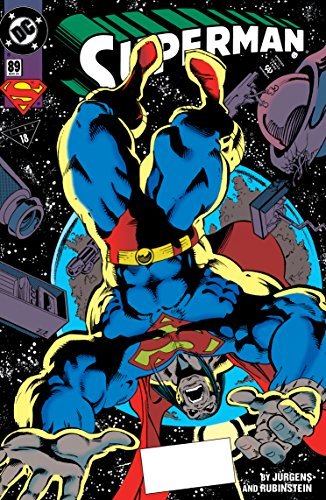
Superman (1987-2006) #89 (Superman
1994
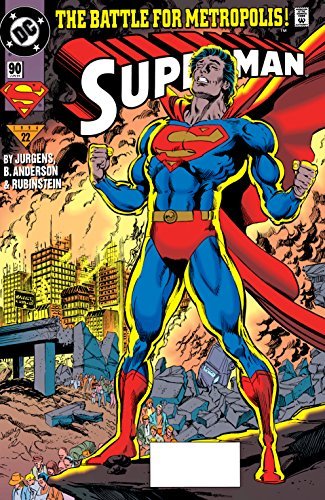
Superman (1987-2006) #90 (Superman
1994

Superman (1987-2006) #91
2013
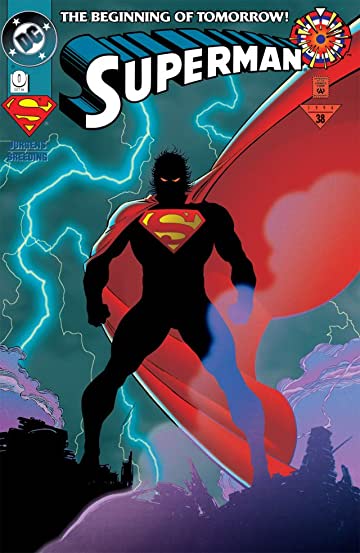
Superman (1987-2006) #0
1994
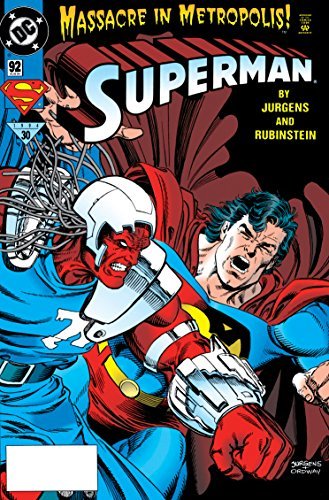
Superman (1987-2006) #92 (Superman
1994
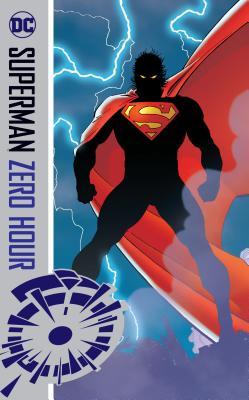
Superman
Zero Hour
1994

Superman (1987-2006) #94
1994
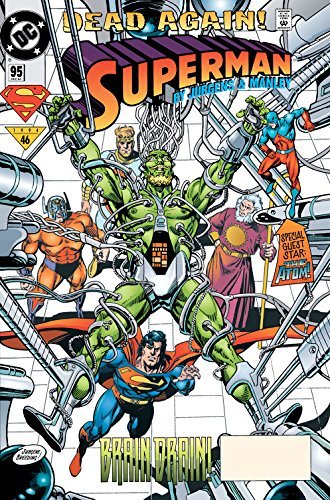
Superman (1987-2006) #95
1994
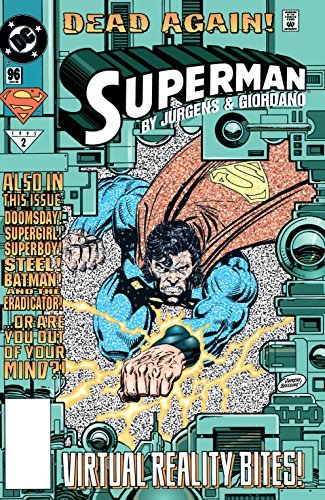
Superman (1987-2006) #96
1994
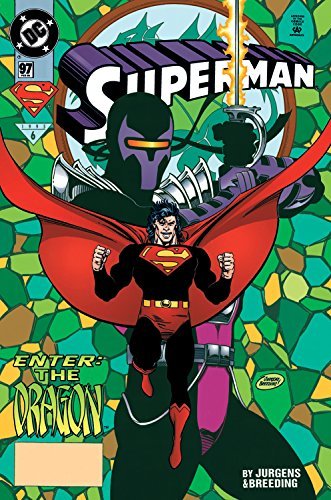
Superman (1987-2006) #97
1994
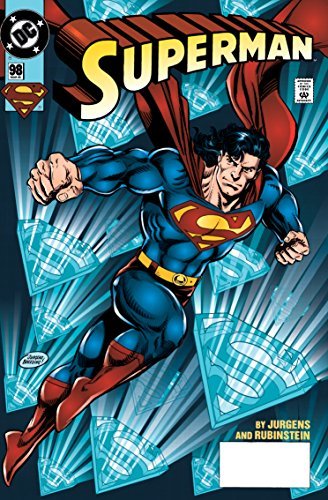
Superman (1987-2006) #98
1995
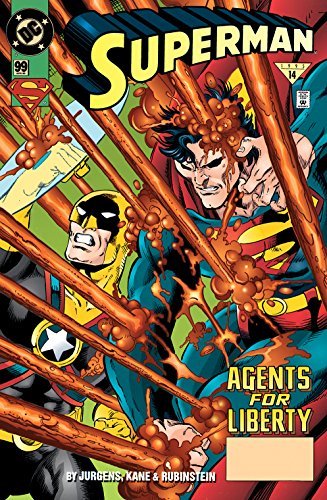
Superman (1987-2006) #99
1995

Superman (1987-2006) #100
1995
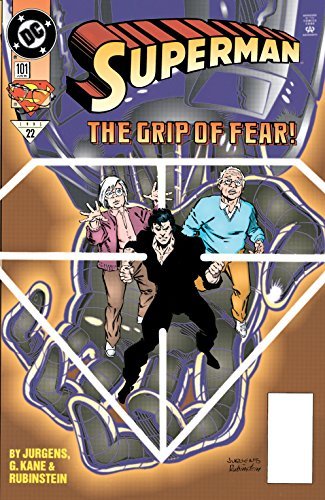
Superman (1987-2006) #101
1995
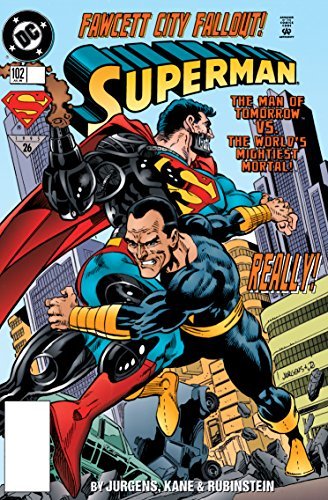
Superman (1987-2006) #102
1995
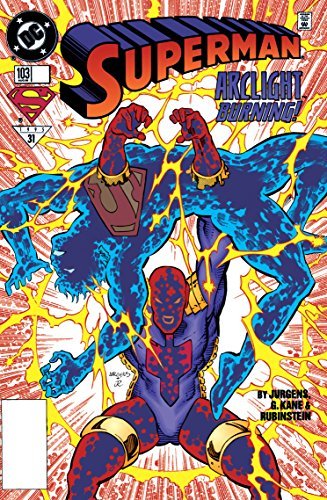
Superman (1987-2006) #103
1995
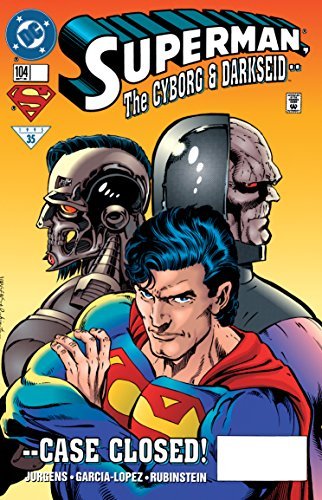
Superman (1987-2006) #104
1995
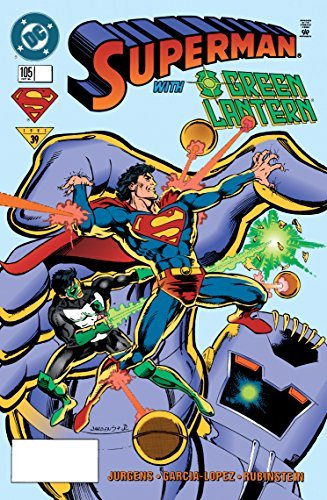
Superman (1987-2006) #105
1995
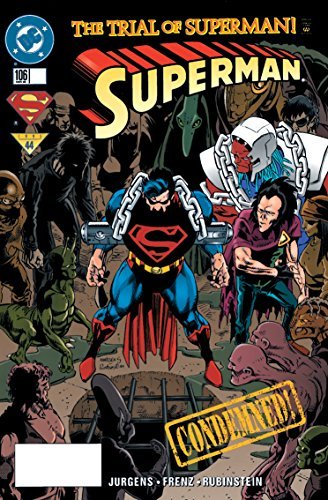
Superman (1987-2006) #106
1995
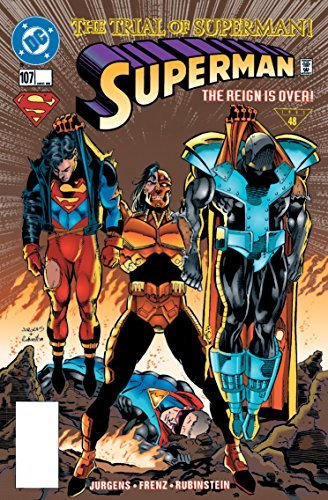
Superman (1987-2006) #107
1995
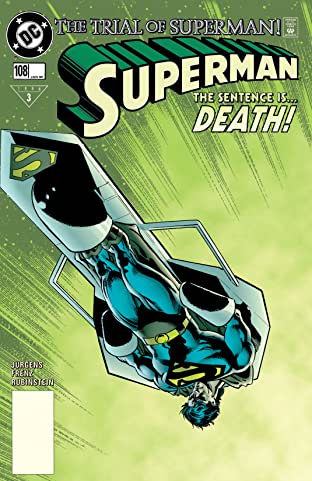
Superman (1987-2006) #108
1995

Superman
Transformed!
1997
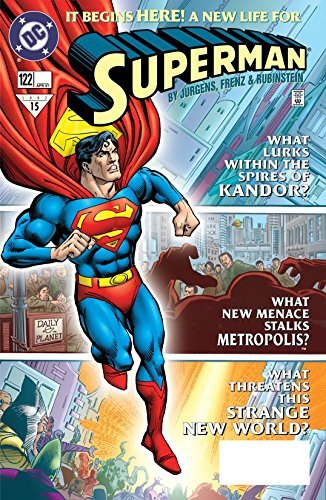
Superman (1987-2006) #122
1986
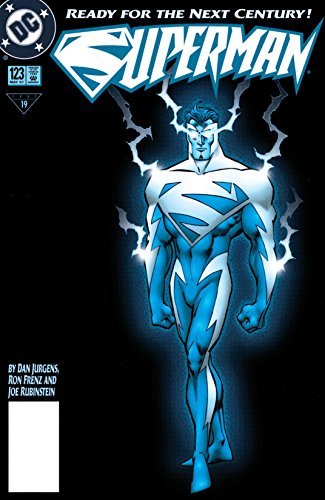
Superman (1987-2006) #123
1997
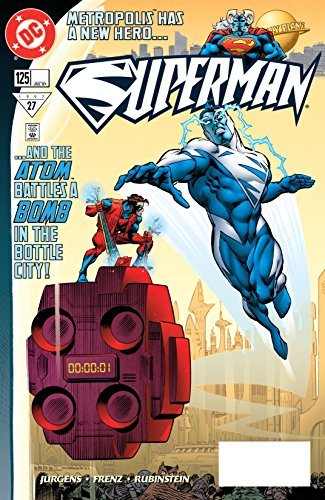
Superman (1987-2006) #125
1997

Superman (1987-2006) #126
1997
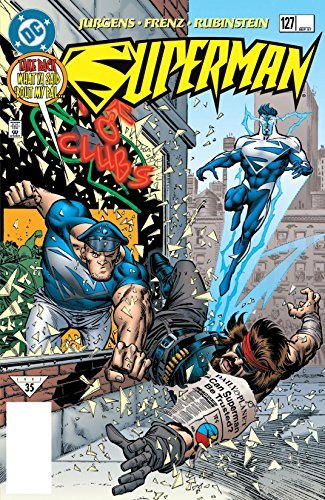
Superman (1987-2006) #127
1997
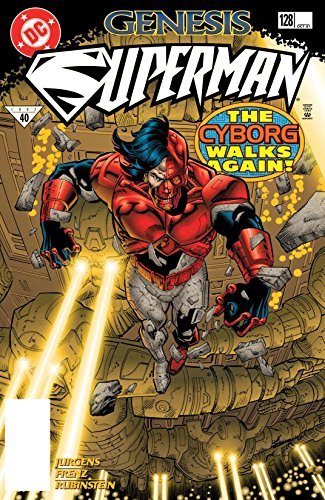
Superman (1987-2006) #128
1997
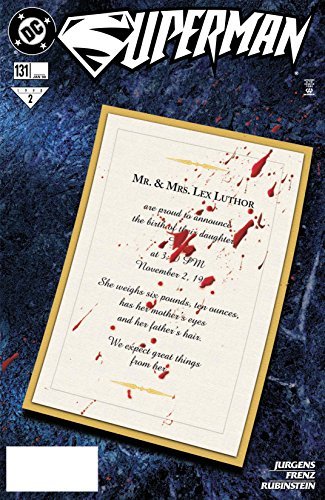
Superman (1987-2006) #131
1986
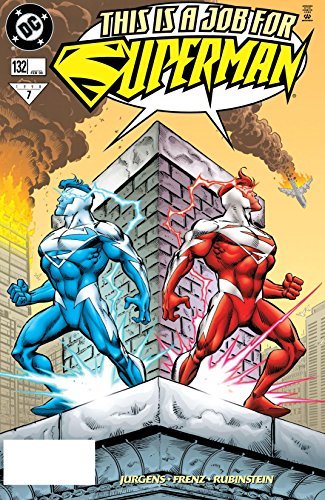
Superman (1987-2006) #132
1997
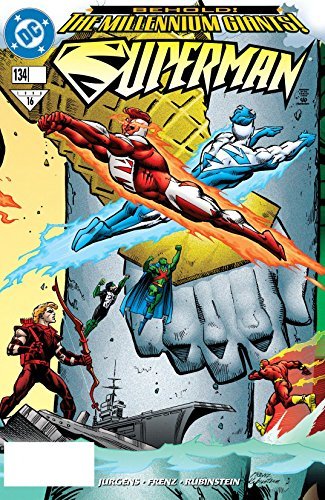
Superman (1987-2006) #134
1998
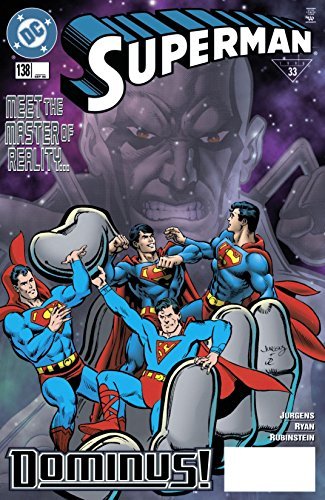
Superman (1987-2006) #138
1998
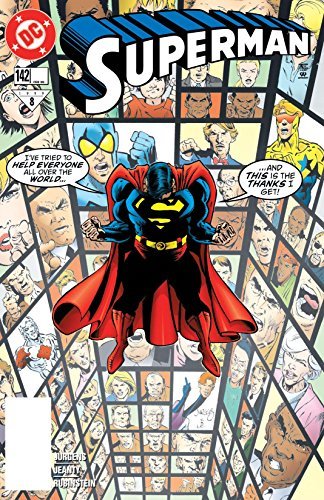
Superman (1987-2006) #142
1998
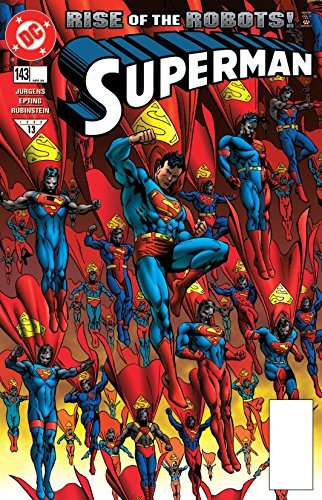
Superman (1987-2006) #143
1999
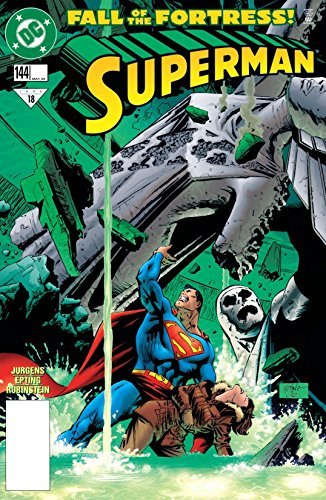
Superman (1987-2006) #144
1999
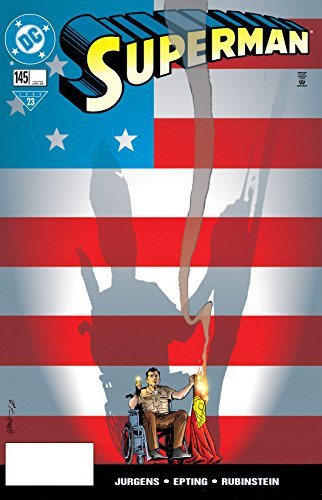
Superman (1987-2006) #145
1999
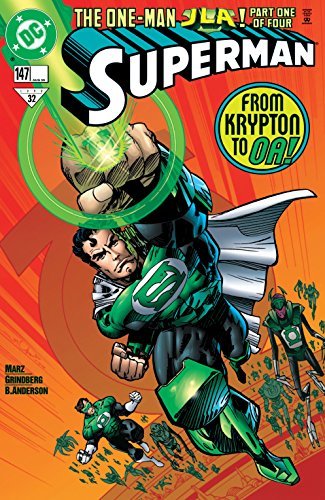
Superman (1987-2006) #147
1999
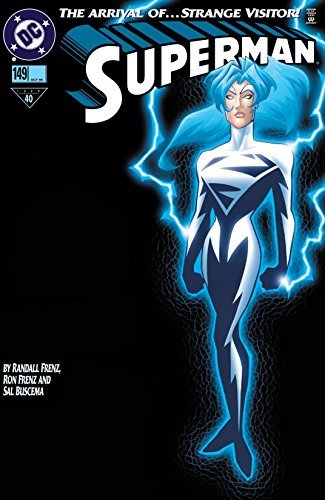
Superman (1987-2006) #149
1999
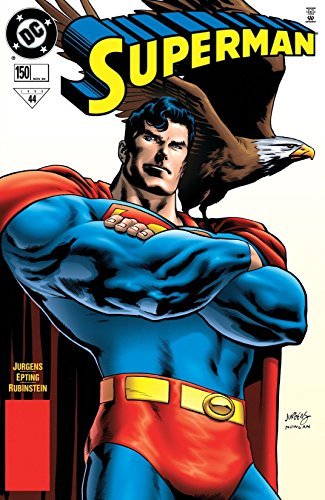
Superman (1987-2006) #150
1999
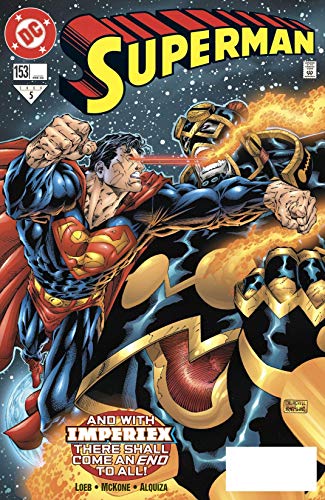
Superman (1987-2006) #153
1999

Superman, Vol. 2
Endgame
2000
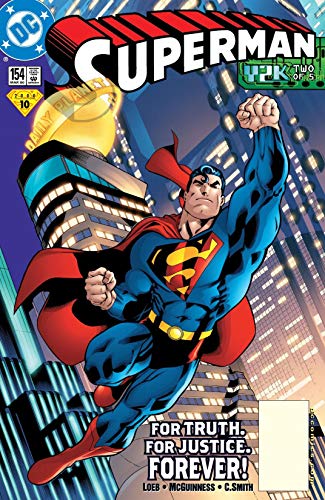
Superman (1987-2006) #154
2000
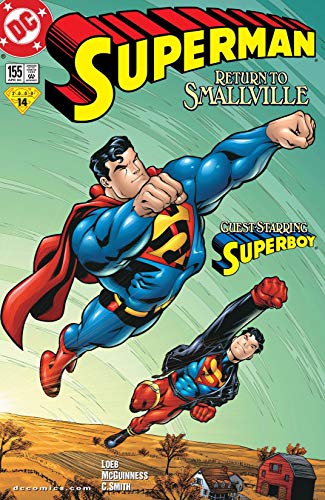
Superman (1987-2006) #155
2000
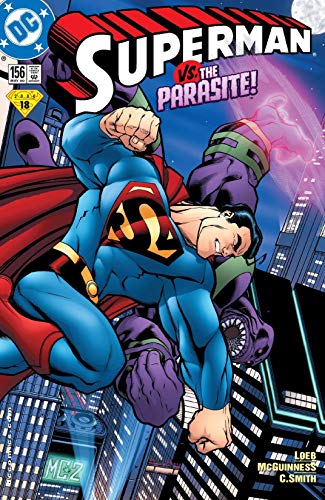
Superman (1987-2006) #156
2000

Superman
Critical Condition
2003
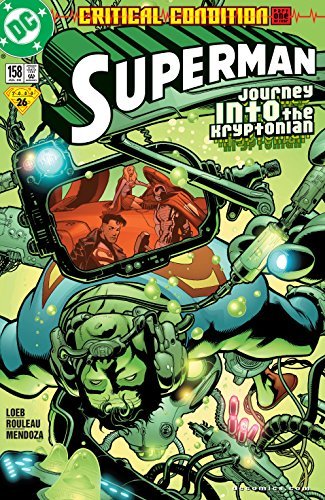
Superman (1987-2006) #158
2000
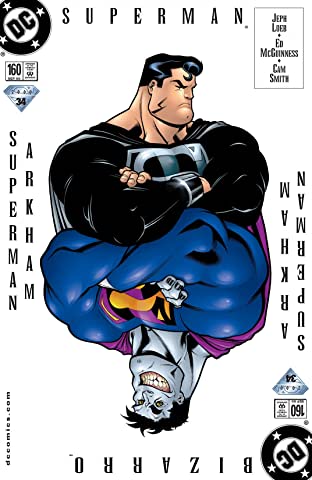
Superman (1987-2006) #160
2000
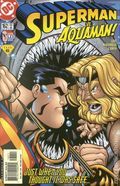
Superman (1987-2006) #162
2000
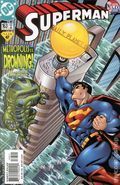
Superman (1987-2006) #163
2000
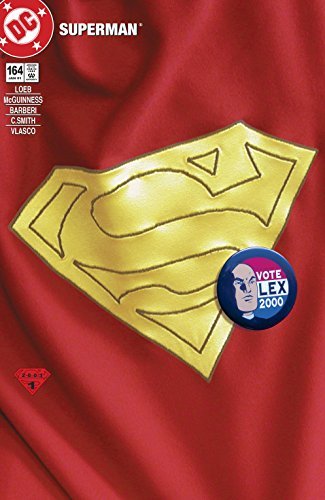
Superman (1987-2006) #164
2000

Superman (1987-2006) #165
2000
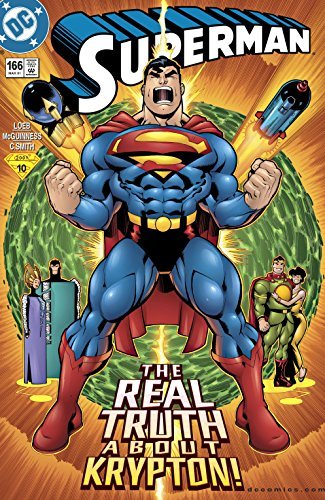
Superman (1987-2006) #166
2001
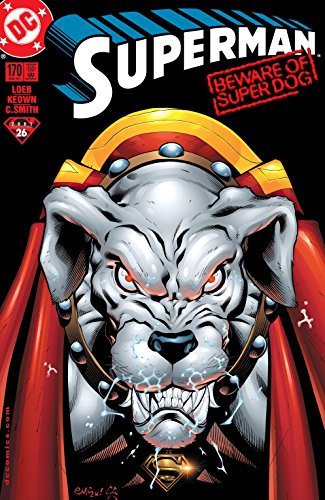
Superman (1987-2006) #170
2001

Superman
Our Worlds at War, Vol. 2
2002
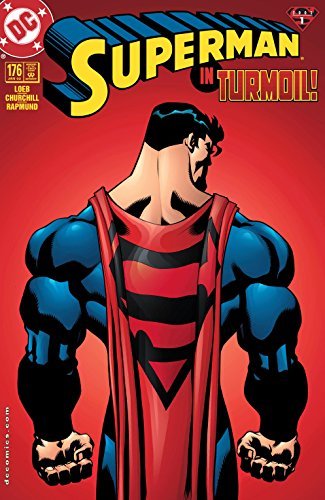
Superman (1987-2006) #176
2001
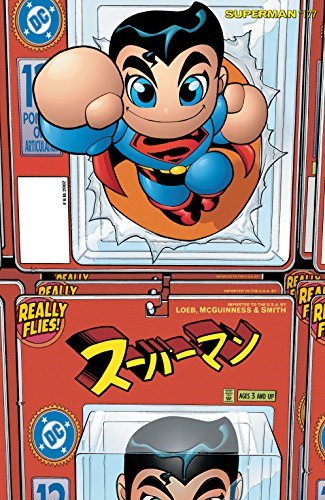
Superman (1987-2006) #177
2001

Superman - The Man of Steel
Believe
2013

Team Superman #1
1999
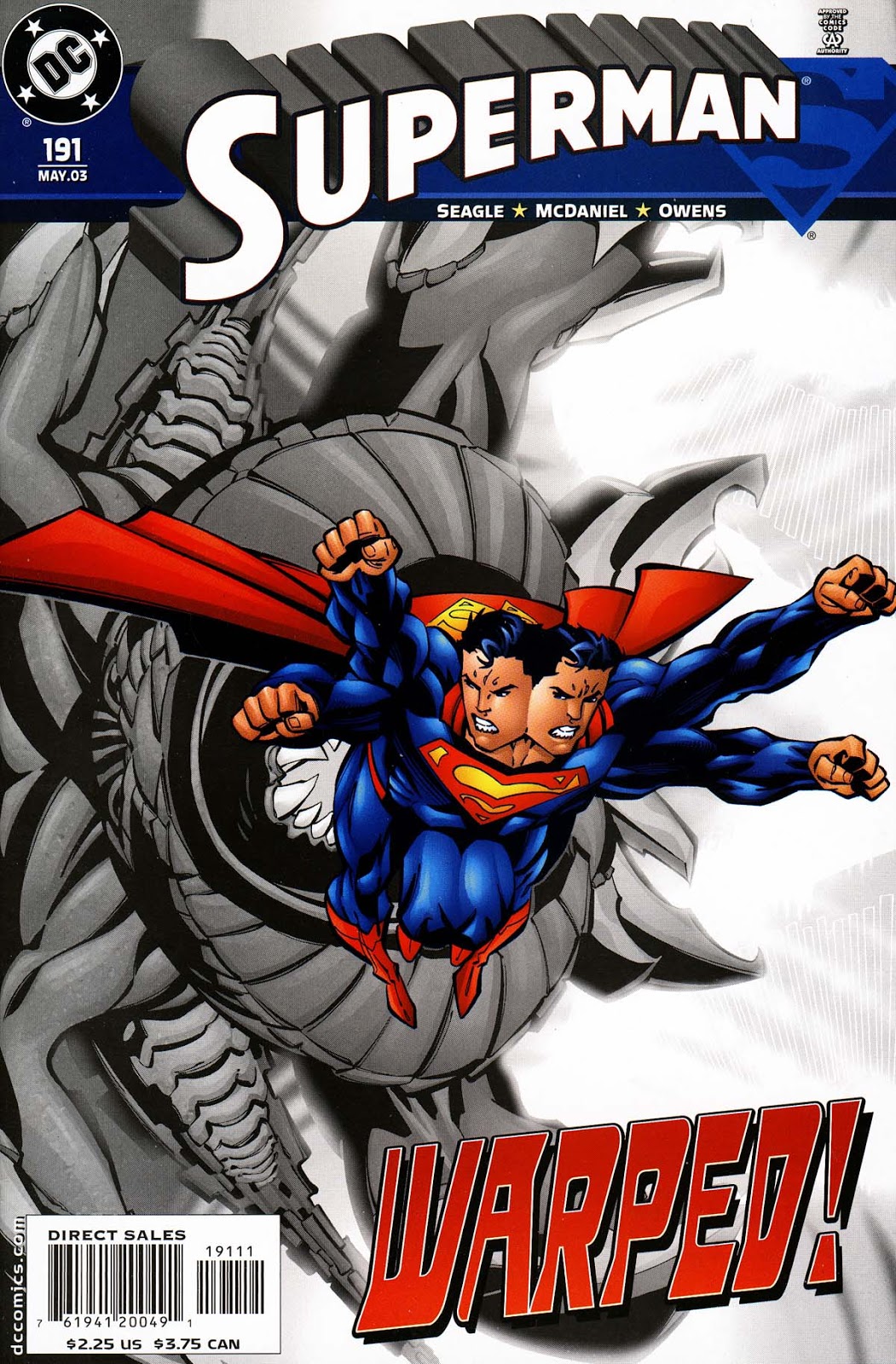
Superman (1987-2006) #191
2003
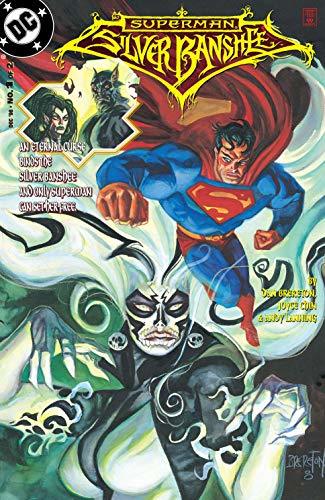
Superman
Silver Banshee (1998-1999) #1 (Superman
1998
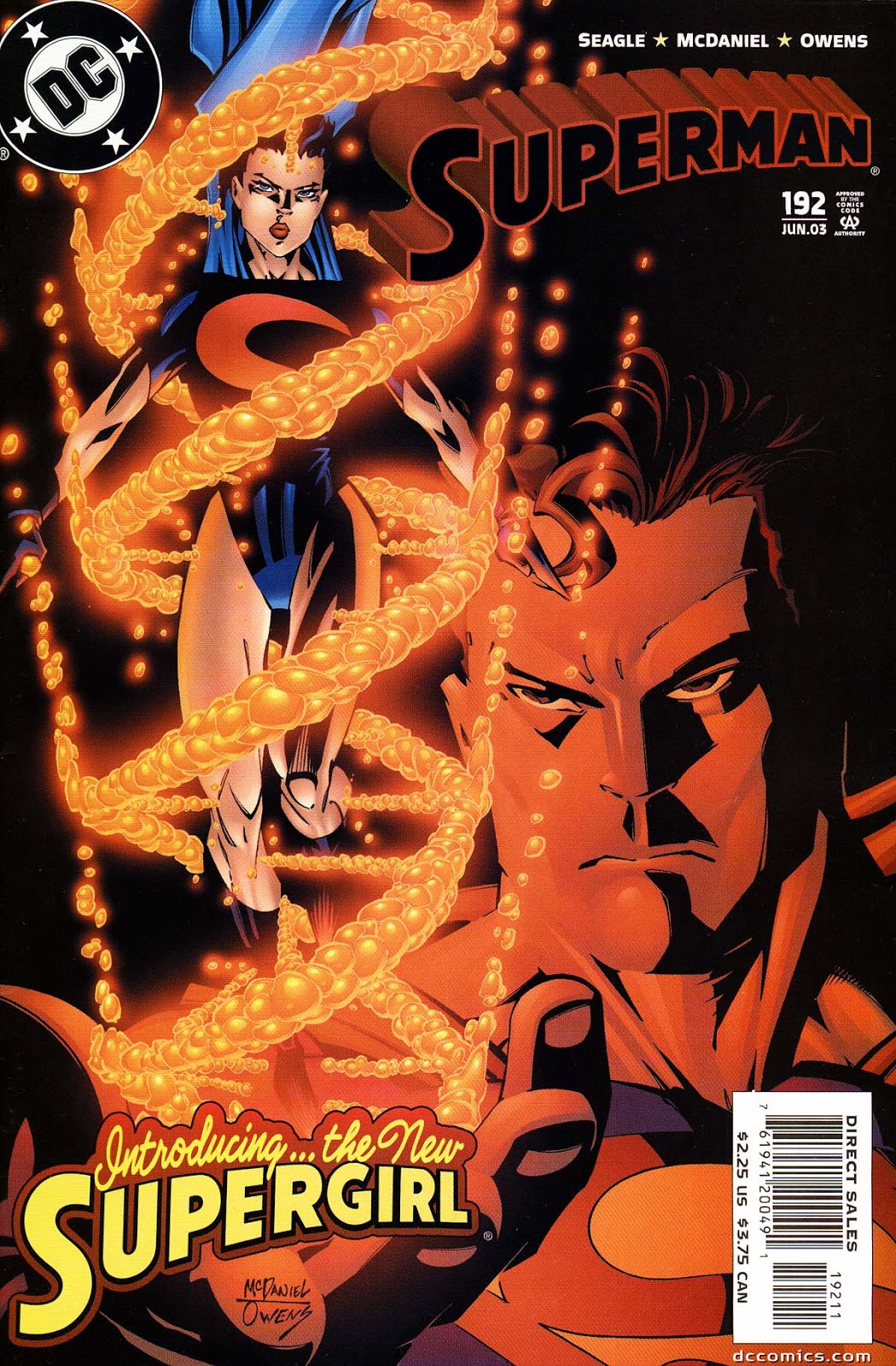
Superman (1987-2006) #192
2003
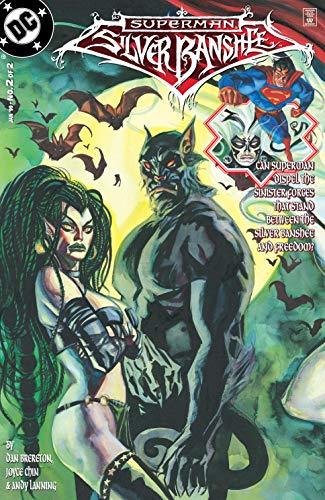
Superman
Silver Banshee (1998-1999) #2 (Superman
1998
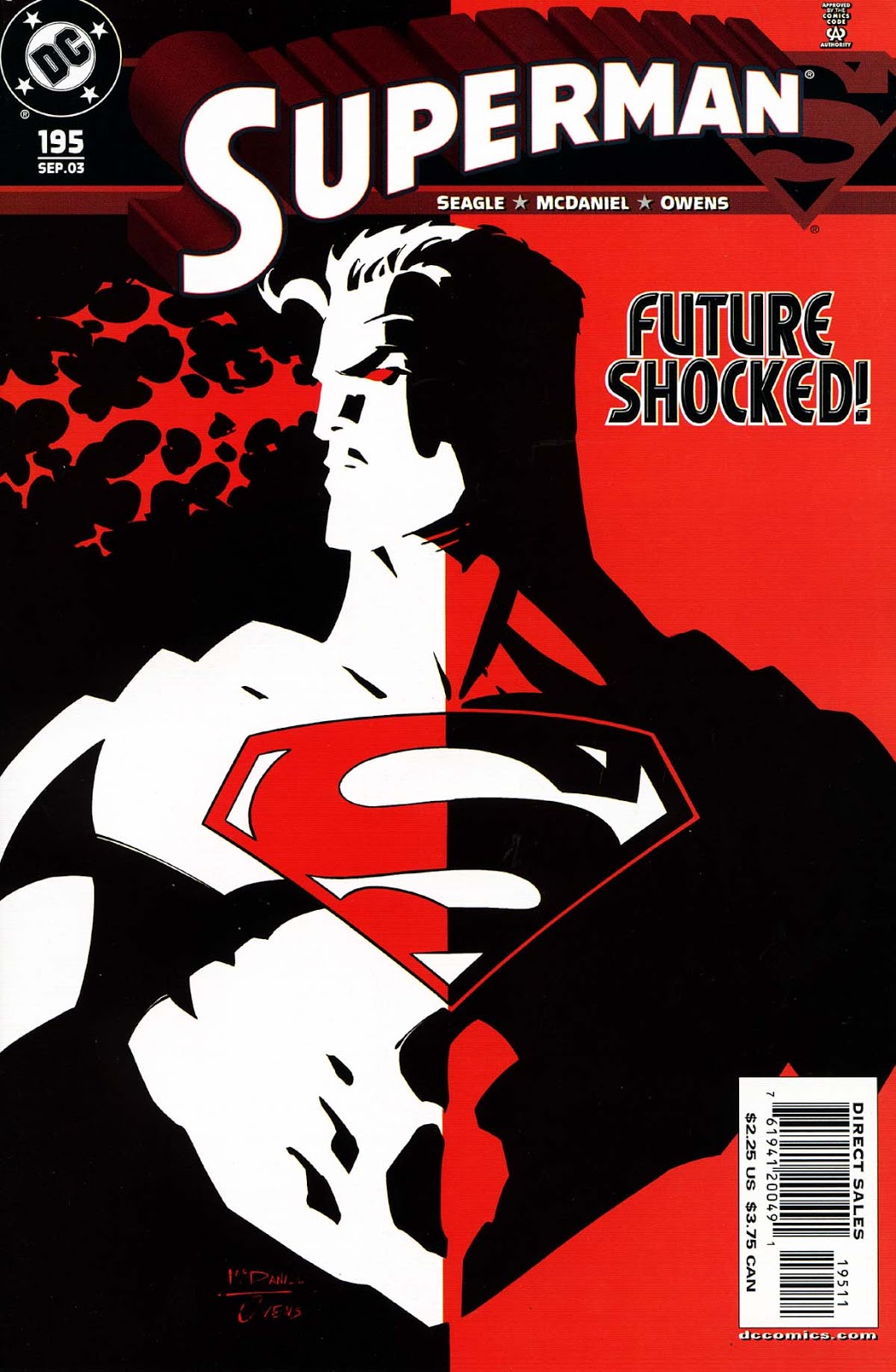
Superman (1987-2006) #195
2003
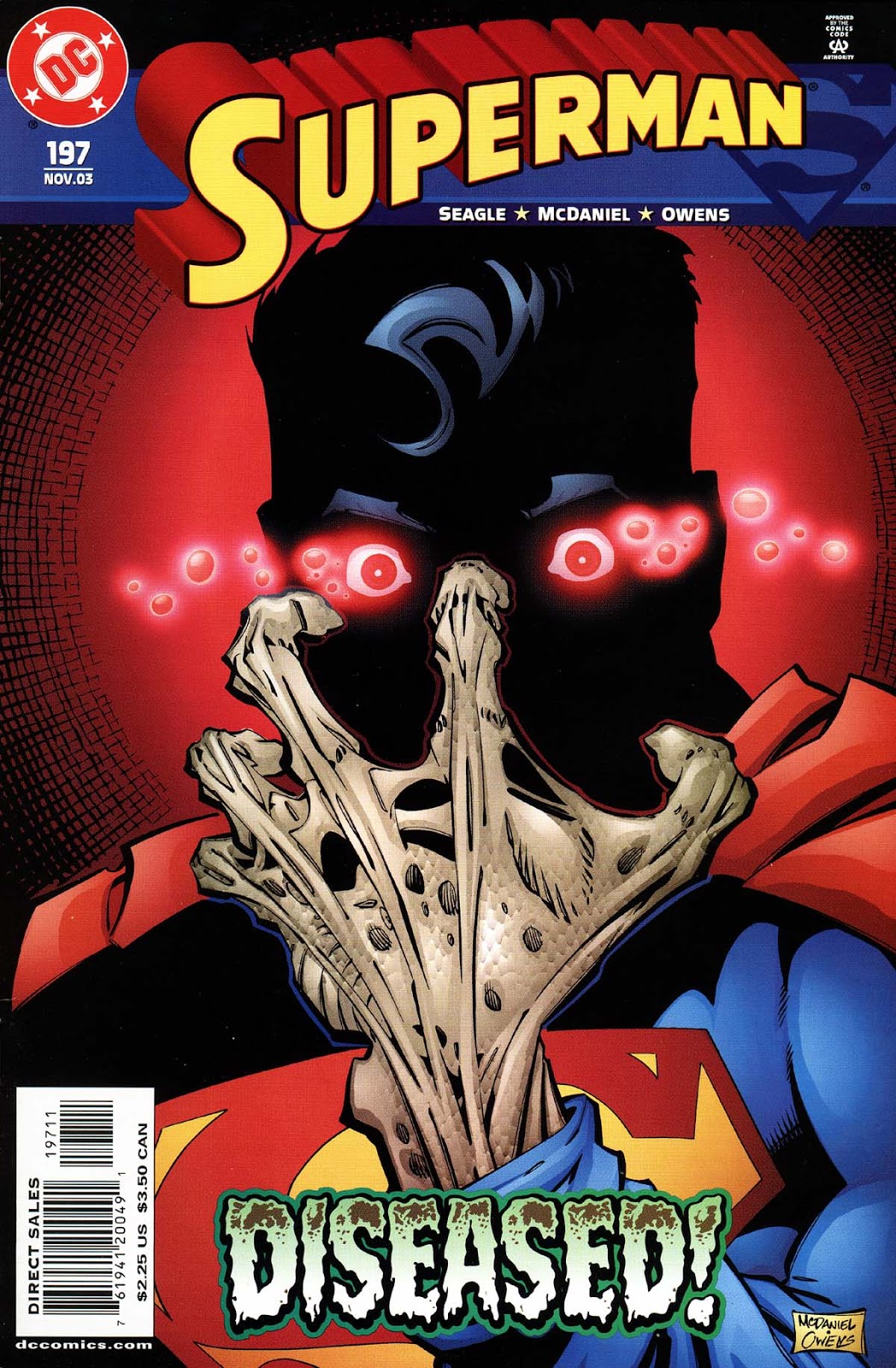
Superman (1987-2006) #197
2003
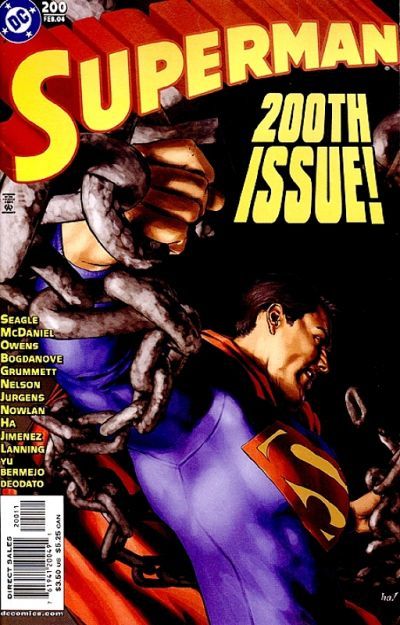
Superman (1987-2006) #200
2004

Superman (1987-2006) #201
2004
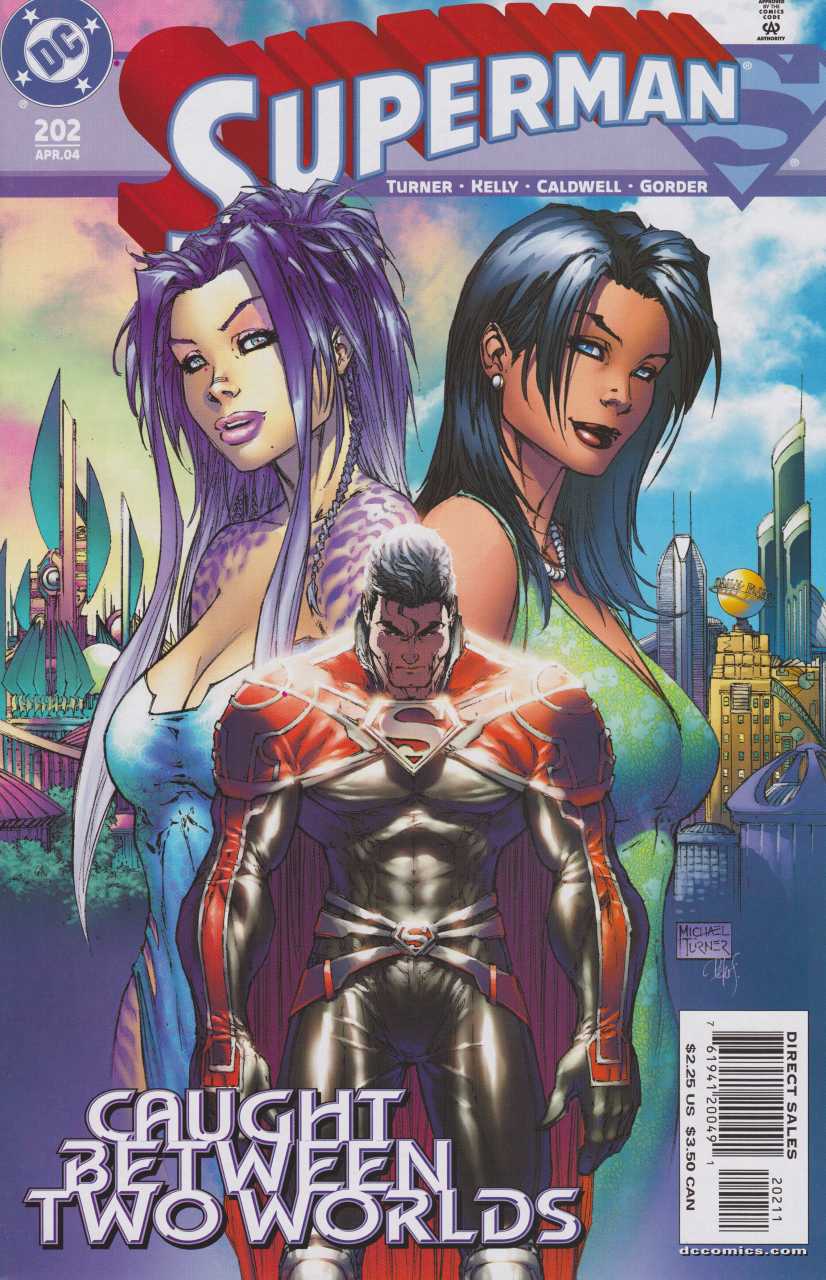
Superman (1987-2006) #202
2004
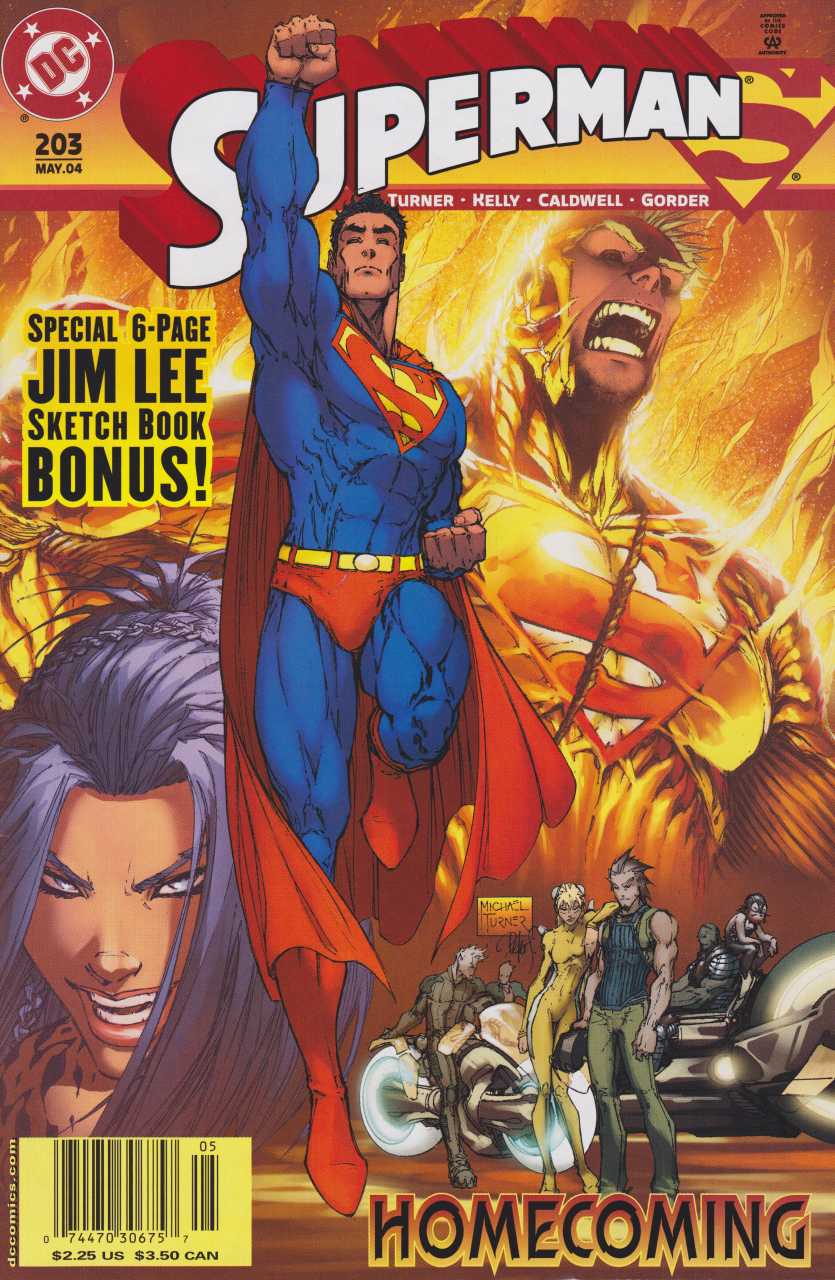
Superman (1987-2006) #203
2004
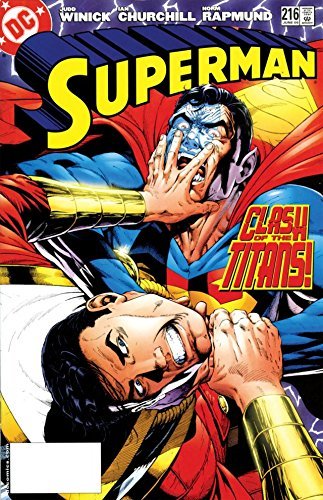
Superman (1987-2006) #216
2004
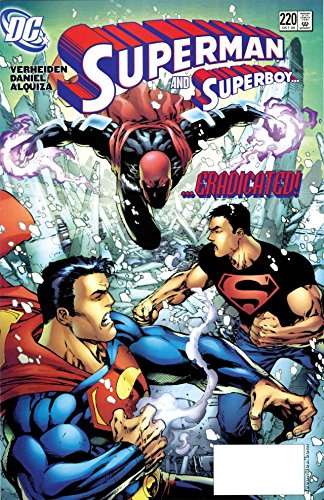
Superman (1987-2006) #220
2005
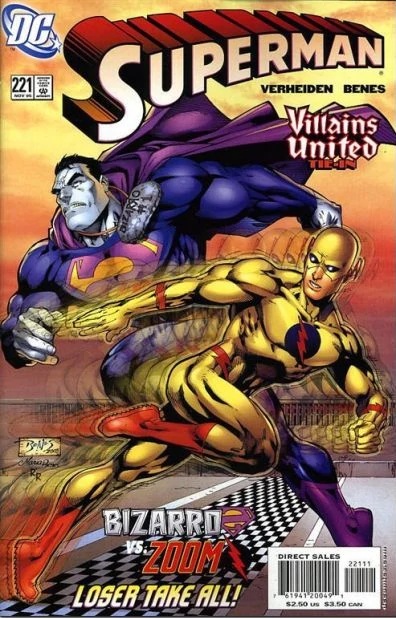
Superman (1987-2006) #221
2005

Superman
Infinite Crisis
2006

Superman
The Man of Steel, Vol. 2
1987

Superman
The Man of Steel, Vol. 3
1987

Superman
The Man of Steel Vol. 9 (Superman: The Man of Steel
1988

The Death of Superman
1992

Superman
Funeral for a Friend
1993

Superman
Reign of the Supermen
2016

Superman
The Return of Superman
1993

Superman
Emperor Joker
2007

Superman
Godfall Vol. 1 (Action Comics
2004

Superman
For Tomorrow, Vol. 1
2005

Superman
For Tomorrow, Vol. 2
2005

Superman
Sacrifice
2016
Authors



Joseph "Jeph" Loeb III is an Emmy and WGA nominated American film and television writer, producer and award-winning comic book writer. Loeb was a Co-Executive Producer on the NBC hit show Heroes, and formerly a producer/writer on the TV series Smallville and Lost. A four-time Eisner Award winner and five-time Wizard Fan Awards winner (see below), Loeb's comic book career includes work on many major characters, including Spider-Man, Batman, Superman, Hulk, Captain America, Cable, Iron Man, Daredevil, Supergirl, the Avengers, and Buffy the Vampire Slayer, much of which he has produced in collaboration with artist Tim Sale, who provides the comic art seen on Heroes.

Librarian note: There is more than one author in the GoodReads database with this name John Lindley Byrne is a British-born Canadian-American author and artist of comic books. Since the mid-1970s, Byrne has worked on nearly every major American superhero. Byrne's better-known work has been on Marvel Comics' X-Men and Fantastic Four and the 1986 relaunch of DC Comics’ Superman franchise. Coming into the comics profession exclusively as a penciler, Byrne began co-plotting the X-Men comics during his tenure on them, and launched his writing career in earnest with Fantastic Four (where he also started inking his own pencils). During the 1990s he produced a number of creator-owned works, including Next Men and Danger Unlimited. He also wrote the first issues of Mike Mignola's Hellboy series and produced a number of Star Trek comics for IDW Publishing.


Dan Jurgens is an American comic book writer and artist. He is best known for creating the superhero Booster Gold, and for his lengthy runs on the Superman titles Adventures of Superman and Superman (vol. 2), particularly during The Death of Superman storyline. Other series he has been associated with include The Sensational Spider-Man (Vol. 1), Thor (vol. 2), Captain America (vol. 3), Justice League America, Metal Men, Teen Titans (vol. 2), Zero Hour, Tomb Raider: The Series, Aquaman (vol. 3), and the creator of DC Comics' imprint Tangent. Jurgens' first professional comic work was for DC Comics on Warlord #63. He was hired due to a recommendation of Warlord-series creator Mike Grell who was deeply impressed by Jurgens' work after being shown his private portfolio at a convention. In 1984, Jurgens was the artist for the Sun Devils limited series (July 1984 - June 1985), with writers Gerry Conway and Roy Thomas. Jurgens would make his debut as a comic book writer with Sun Devils he began scripting from Conway's plots with #8 and fully took over the writing duties on the title with #10. In 1985, Jurgens created the character Booster Gold, who became a member of the Justice League. His first work on Superman was as penciller for Adventures of Superman Annual #1 (1987). In 1989, Jurgens began working full-time on the character when he took over the writing/pencilling of the monthly Adventures of Superman. Dan Jurgens was the penciller of the 1990–1991 limited series Armageddon 2001 and co-created the hero Waverider with Archie Goodwin. In 1991 Jurgens assumed the writing/pencilling of the main Superman comic book, where he created a supporting hero named Agent Liberty. During his run on Superman, Dan created two major villains, Doomsday and the Cyborg. Doomsday was the main antagonist in the Death of Superman storyline. Jurgens wrote and drew Justice League America for about one year and in 1993 pencilled the Metal Men four-issue miniseries, which was a retcon of their origin story. Jurgens wrote and pencilled the 1994 comic book miniseries and crossover Zero Hour. He wrote and penciled layouts (with finished art by Brett Breeding) to the Superman/Doomsday: Hunter/Prey miniseries, which was a follow-up to the successful Death of Superman storyline. In 1995 Jurgens and Italian artist Claudio Castellini worked on the highly publicized crossover Marvel vs DC. In the same year, he gave up the pencilling duties on Superman. Jurgens scripted and provided layout art for the Superman vs. Aliens miniseries. The story was about a battle between Superman and the aliens created by H. R. Giger (a.k.a. the Xenomorphs), from the Alien film series. It was co-published by Dark Horse Comics and DC Comics in 1995. In January 1996, Jurgens was writer and penciller of the new Spider-Man series, The Sensational Spider-Man (Vol. 1), at Marvel Comics. The title was initially conceived to be the flagship showcase for the new Ben Reilly Spider-Man (it replaced the Web of Spider-Man series). The initial seven issues (#0–6, January–July 1996) were written and pencilled by Jurgens. Jurgens pushed strongly for the restoration of Peter Parker as the true Spider-Man and plans were made to enact this soon, but Bob Harras, the new Editor-in-chief, demanded the story be deferred until after the Onslaught crossover. Jurgens had by this stage become disillusioned with the immense amount of group planning and constant changes of ideas and directions and took this as the last straw, resigning from the title. In a past interview several years after his Spider-Man run, Jurgens stated that he would like to have another chance on the character, since his run was with the Ben Reilly character during the Spider-Man Clone Saga, and not Peter Parker. Jurgens had also written and pencilled Teen Titans (vol. 2) for its entire two year, 24 issue run. New Teen Titans co-creator George Pérez came on board on this incarnation of the Titans as inker for the se



Mark Millar is the New York Times best-selling writer of Wanted, the Kick-Ass series, The Secret Service, Jupiter’s Legacy, Jupiter’s Circle, Nemesis, Superior, Super Crooks, American Jesus, MPH, Starlight, and Chrononauts. Wanted, Kick-Ass, Kick-Ass 2, and The Secret Service (as Kingsman: The Secret Service) have been adapted into feature films, and Nemesis, Superior, Starlight, War Heroes, Jupiter’s Legacy and Chrononauts are in development at major studios. His DC Comics work includes the seminal Superman: Red Son, and at Marvel Comics he created The Ultimates – selected by Time magazine as the comic book of the decade, Wolverine: Old Man Logan, and Civil War – the industry’s biggest-selling superhero series in almost two decades. Mark has been an Executive Producer on all his movie adaptations and is currently creative consultant to Fox Studios on their Marvel slate of movies.


Born February 12th, 1970 and raised on Long Island in New York, Judd began cartooning professionally at 16 with a single-paneled strip called Nuts & Bolts. This ran weekly through Anton Publications, a newspaper publisher that produced town papers in the Tri state area. He was paid 10 dollars a week. In August of 1988, Judd began attending the University of Michigan, Ann Arbor bringing Nuts & Bolts with him, but turning it into a four-panel strip and creating a cast of characters to tell his tales. Nuts & Bolts ran in The Michigan Daily 5 days a week from my freshman year (freshperson, or first-year student, as they liked to say at U of M), until graduation in the spring of 1992. A collection of those college years Nuts & Bolts was published in Ann Arbor. Watching the Spin-Cycle: the Nuts & Bolts collection had a small run of a thousand books a couple of months before graduation. They sold out in about 2 weeks and there are no plans to republish it. Before graduation he accepted a development deal with a major syndicate (syndicates are the major league baseball of comic strips. They act as an agent or broker and sell comic strips to newspapers). Judd spent the next year living in Boston, and developing his strip. The bottom dropped out when the syndicate decided that they were not going to pursue Nuts and Bolts for syndication and were terminating his development contract. Crushed and almost broke, he moved back in with his parents in July 1993. Getting by doing spot illustration jobs, Judd actually had Nuts & Bolts in development with Nickelodeon as an animated series. At one point he even turned the human characters into mice (Young Urban Mice and Rat Race were the working titles). In August of 1993 he saw an ad on MTV for The Real World III, San Francisco. For those who may not know, The Real World is a real-life documentary soap opera, where 7 strangers from around the country are put up in a house and filmed for six months. You get free rent, free moving costs, you get to live in San Francisco, and get to be a famous pig on television. The "Audition process," was everything from doing a video, to filling out a 15 page application, to in-person interviews with the producers, to being followed around and filmed for a day. 6 months and 6 "levels" later, Judd was in. On February 12th 1993, he moved into a house on Russian Hill and they began filming. Along the way Nuts & Bolts was given a weekly spot in the San Francisco Examiner. This WHOLE deal was filmed and aired for the show. They moved out in June of 1994, a couple of days after O.J.'s Bronco chase in L.A. The show began airing a week later. Along with the weekly San Francisco Examiner gig, Judd began doing illustrations for The Complete Idiot's Guide series through QUE Books. Since then, Judd has illustrated over 300 Idiot's Guides and still does the cartoons for the computer oriented Idiot's Guides line. A collection of the computer related titles' cartoons was published in 1997 as Terminal Madness, The Complete Idiot's Guide Computer Cartoon Collection. Not too long after the show had been airing, Judd's roommate from the show and good friend, AIDS activist Pedro Zamora, took ill from AIDS complications. Pedro was to begin a lecture tour in September. Judd agreed to step in and speak on his behalf until he was well enough to do so again. In August of 1994, Pedro checked into a hospital and never recovered. Pedro passed away on November 11, 1994. He was 22. Judd continued to lecture about Pedro, Aids education and prevention and what it's like to live with some one who is living with AIDS for most of 1995. Speaking at over 70 schools across the country, Judd describes it as, "...the most fulfilling and difficult time in my life." But time and emotional constraints forced him to stop lecturing. In May of 1995 Judd found the weekly Nuts & Bolts under-whelming and decided to give syndication another go. Re-vamping Nuts & Bolts


Librarian note: There is more than one author in the GoodReads database with this name Michael Golden is an American comic book artist and writer best known for his late-1970s work on Marvel Comics' The Micronauts, as well as his co-creation of the characters Rogue and Bucky O'Hare.


Gerard Jones is an award-winning American author and comic book writer. From 1987 to 2001, Jones wrote many comic books for Marvel Comics, DC Comics, Dark Horse Comics, Viz Media, Malibu Comics and other publishers; including Green Lantern, Justice League, Prime, Ultraforce, El Diablo, Wonder Man, Martian Manhunter, Elongated Man, The Shadow, Pokémon, and Batman. Jones is author of the Eisner Award-winning Men of Tomorrow: Geeks, Gangsters, and the Birth of the Comic Book (2004); Killing Monsters: Why Children Need Fantasy, Superheroes and Make-Believe Violence (2002), and Honey I'm Home: Sitcoms Selling the American Dream (1993). Jones is co-author with Will Jacobs of The Beaver Papers (1983), The Comic Book Heroes (1985, 1996), and the comic book The Trouble with Girls (1987-1993). From 1983 to 1988, Jacobs and Jones were contributors to National Lampoon magazine. He and Jacobs began writing humorous fiction again in 2008 with the online series My Pal Splendid Man and Million Dollar Ideas
Marz is well known for his work on Silver Surfer and Green Lantern, as well as the Marvel vs DC crossover and Batman/Aliens. He also worked on the CrossGen Comics series Scion, Mystic, Sojourn, and The Path. At Dark Horse Comics he created Samurai: Heaven and Earth and various Star Wars comics. He has also done work for Devil’s Due Publishing’s Aftermath line, namely Blade of Kumori. In 1995, he had a brief run on XO-Manowar, for Valiant Comics. Marz’s more recent works includes a number of Top Cow books including Witchblade and a Cyberforce relaunch. For DC Comics, he has written Ion, a 12 part comic book miniseries that followed the Kyle Rayner character after the One Year Later event, and Tales of the Sinistro Corps Presents: Parallax and Tales of the Sinestro Corps Presents: Ion, two one-shot tie-ins to the Green Lantern crossover, The Sinestro Corps War. His current creator owned projects include “Dragon Prince” (Top Cow) and “Samurai : Heaven and Earth” (Dark Horse). Photo by Luigi Novi.

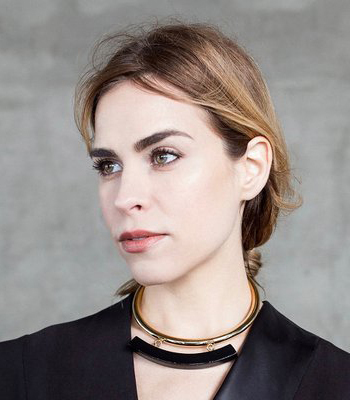

Geoff Johns originally hails from Detroit, Michigan. He attended Michigan State University, where he earned a degree in Media Arts and Film. He moved to Los Angeles in the late 1990s in search of work within the film industry. Through perseverance, Geoff ended up as the assistant to Richard Donner, working on Conspiracy Theory and Lethal Weapon 4. During that time, he also began his comics career writing Stars and S.T.R.I.P.E. and JSA (co-written with David S. Goyer) for DC Comics. He worked with Richard Donner for four years, leaving the company to pursue writing full-time. His first comics assignments led to a critically acclaimed five-year run on the The Flash. Since then, he has quickly become one of the most popular and prolific comics writers today, working on such titles including a highly successful re-imagining of Green Lantern, Action Comics (co-written with Richard Donner), Teen Titans, Justice Society of America, Infinite Crisis and the experimental breakout hit series 52 for DC with Grant Morrison, Greg Rucka and Mark Waid. Geoff received the Wizard Fan Award for Breakout Talent of 2002 and Writer of the Year for 2005, 2006, 2007, and 2008 as well as the CBG Writer of the Year 2003 thru 2005, 2007 and CBG Best Comic Book Series for JSA 2001 thru 2005. Geoff also developed BLADE: THE SERIES with David S. Goyer, as well as penned the acclaimed “Legion” episode of SMALLVILLE. He also served as staff writer for the fourth season of ROBOT CHICKEN. Geoff recently became a New York Times Bestselling author with the graphic novel Superman: Brainiac with art by Gary Frank.

Louise Simonson (born Mary Louise Alexander and formerly credited as Louise Jones, when married to artist Jeff Jones) is an American comic book writer and editor. She is best known for her work on comic book titles such as Power Pack, X-Factor, New Mutants, Superman, and Steel. She is sometimes referred to by the nickname "Weezie". Since 1980 she is married to comic book writer and artist Walter Simonson



James P. "Jim" Starlin is an American comic book writer and artist. With a career dating back to the early 1970s, he is best known for "cosmic" tales and space opera; for revamping the Marvel Comics characters Captain Marvel and Adam Warlock; and for creating or co-creating the Marvel characters Thanos and Shang-Chi, Master of Kung Fu. Death and suicide are recurring themes in Starlin's work: Personifications of Death appeared in his Captain Marvel series and in a fill-in story for Ghost Rider; Warlock commits suicide by killing his future self; and suicide is a theme in a story he plotted and drew for The Rampaging Hulk magazine. In the mid-1970s, Starlin contributed a cache of stories to the independently published science-fiction anthology Star Reach. Here he developed his ideas of God, death, and infinity, free of the restrictions of mainstream comics publishers' self-censorship arm, the Comics Code Authority. Starlin also drew "The Secret of Skull River", inked by frequent collaborator Al Milgrom, for Savage Tales #5 (July 1974). When Marvel Comics wished to use the name of Captain Marvel for a new, different character,[citation needed] Starlin was given the rare opportunity to produce a one-shot story in which to kill off a main character. The Death of Captain Marvel became the first graphic novel published by the company itself. ( In the late 1980s, Starlin began working more for DC Comics, writing a number of Batman stories, including the four-issue miniseries Batman: The Cult (Aug.-Nov. 1988), and the storyline "Batman: A Death in the Family", in Batman #426-429 (Dec. 1988 – Jan. 1989), in which Jason Todd, the second of Batman's Robin sidekicks, was killed. The death was decided by fans, as DC Comics set up a hotline for readers to vote on as to whether or not Jason Todd should survive a potentially fatal situation. For DC he created Hardcore Station.

Grant Morrison has been working with DC Comics for twenty five years, after beginning his American comics career with acclaimed runs on ANIMAL MAN and DOOM PATROL. Since then he has written such best-selling series as JLA, BATMAN and New X-Men, as well as such creator-owned works as THE INVISIBLES, SEAGUY, THE FILTH, WE3 and JOE THE BARBARIAN. In addition to expanding the DC Universe through titles ranging from the Eisner Award-winning SEVEN SOLDIERS and ALL-STAR SUPERMAN to the reality-shattering epic of FINAL CRISIS, he has also reinvented the worlds of the Dark Knight Detective in BATMAN AND ROBIN and BATMAN, INCORPORATED and the Man of Steel in The New 52 ACTION COMICS. In his secret identity, Morrison is a "counterculture" spokesperson, a musician, an award-winning playwright and a chaos magician. He is also the author of the New York Times bestseller Supergods, a groundbreaking psycho-historic mapping of the superhero as a cultural organism. He divides his time between his homes in Los Angeles and Scotland.


aka David Peters Peter Allen David (often abbreviated PAD) is an American writer, best known for his work in comic books and Star Trek novels. David often jokingly describes his occupation as "Writer of Stuff". David is noted for his prolific writing, characterized by its mingling of real world issues with humor and references to popular culture. He also uses metafiction frequently, usually to humorous effect, as in his work on the comic book Young Justice.

Jeremiah "Jerry" Ordway is an American writer, penciller, inker and painter of comic books. He is known for his inking work on a wide variety of DC Comics titles, including the continuity-redefining classic Crisis on Infinite Earths (1985–1986), his long run working on the Superman titles from 1986–1993, and for writing and painting the Captain Marvel original graphic novel The Power of Shazam! (1994), and writing the on-going monthly series from 1995-1999. He has provided inks for artists such as Curt Swan, Jack Kirby, Gil Kane, John Buscema and Steve Ditko. Ordway was inspired in his childhood by Marvel Comics, and dreamed of drawing Daredevil, Spider-Man, and Avengers. (To date he has only worked on the latter.) He produced occasional work for Marvel between 1984 and 1988, then returned a decade later to write and illustrate a three-issue arc of Avengers (vol. 3) #16-18 (1999), as well as penciling the four-issue crossover mini-series Maximum Security (#1-3 and prologue Dangerous Planet) in 2000-2001. In 1986, along with writer/artist John Byrne and writer Marv Wolfman, Ordway was one of the architects trusted with revamping Superman, in the wake of the Ordway-inked continuity-redefining maxiseries Crisis on Infinite Earths. Launching, with a revised origin and new continuity, in Byrne's miniseries, The Man of Steel, Superman soon returned to featuring in a number of titles. After the titular title Superman was cancelled and replaced with Man of Steel, it was swiftly relaunched as Adventures of Superman, continuing the numbering of the original Superman comic, with Wolfman as writer and Ordway as primary artist. When Wolfman departed the title, John Byrne briefly took over scriptwriting duties before Ordway assumed the mantle of writer-artist and took over the series solely. Switching from Adventures of Superman, Ordway took over as writer-artist on the companion title Superman (vol. 2) between 1989 and 1991, before later returning to Adventures.. as writer. While writing for the Superman family of titles, he helped devise the epic "Death of Superman" storyline in 1992. After seven years working on the character, Ordway largely left the Superman titles in 1993, although he would make frequent returns to the character as writer and artist throughout his career. In 1994, Ordway masterminded the return of the original Captain Marvel to the DC Universe with the 96-page hardcover graphic novel The Power of Shazam!, which he both wrote and painted. The story saw Ordway depict the revamped origins of the former-Fawcett Comics superhero. An early example of the one-shot Original Graphic Novel, it proved to be a success, and was followed by an on-going monthly series, also titled The Power of Shazam! (which ran between 1995 and 1999). Ordway wrote and provided painted covers for the entire run of the regular series, as well as illustrating fill-in issues between series-regular artists Peter Krause and Mike Manley. Towards the end of the series run, he again took on the dual role of writer & artist. For Image Comics, Ordway co-created the character WildStar (with Al Gordon) in 1993, and published his creator-owned one-shot The Messenger in July 2000.


Librarian note: there is more than one author with this name Joe Casey is an American comic book writer. He has worked on titles such as Wildcats 3.0, Uncanny X-Men, The Intimates, Adventures of Superman, and G.I. Joe: America's Elite among others. As part of the comics creator group Man of Action Studios, Casey is one of the creators of the animated series Ben 10. http://en.wikipedia.org/wiki/Joe\_Casey



